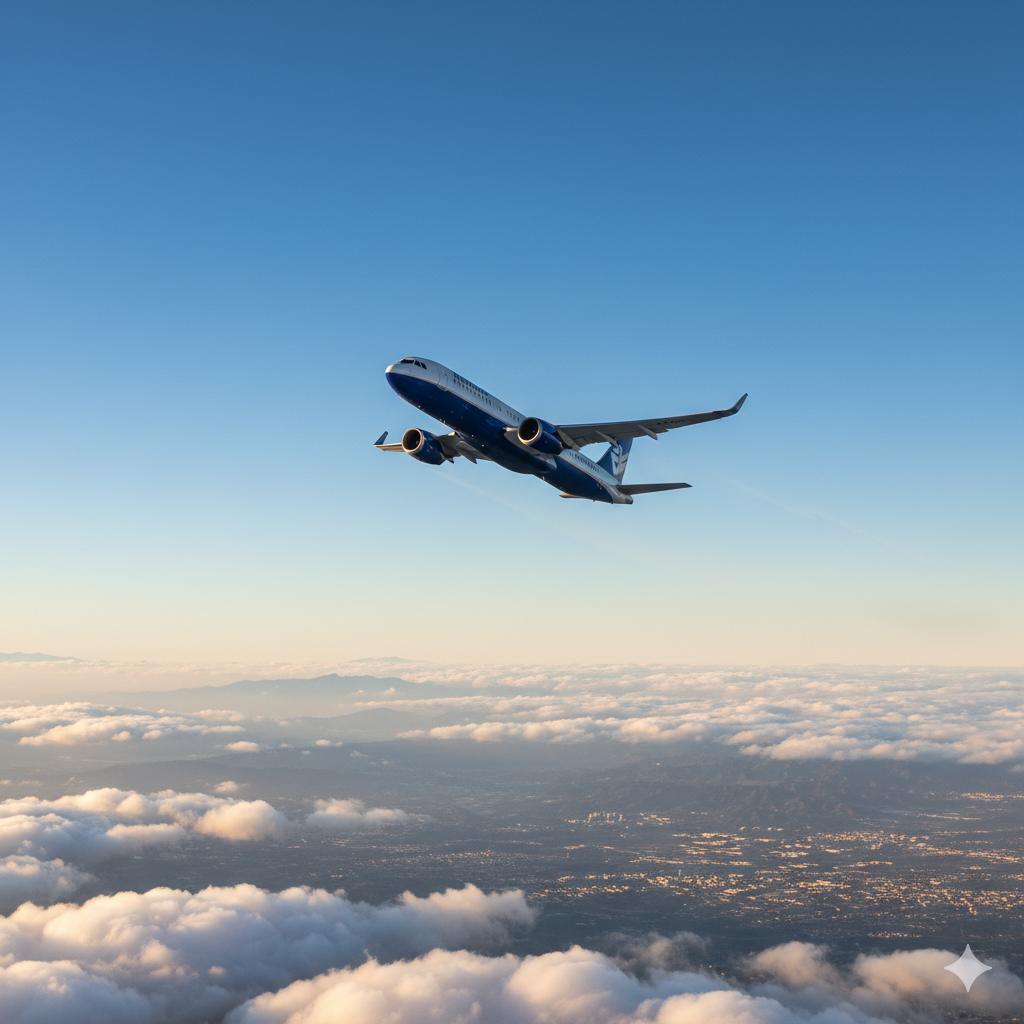The vast majority of maritime incidents—collisions, groundings, and environmental damage—are linked to human error. However, a specific class of accident remains disproportionately deadly and is an urgent focus for global maritime safety bodies: accidents in enclosed spaces.
An enclosed space on a vessel is any area that has limited openings for entry and exit, poor natural ventilation, and is not designed for continuous occupancy. These spaces, which include cargo tanks, ballast tanks, chain lockers, pump rooms, and engine crankcases, pose unique and severe risks to the crew. Entering such a space without strict adherence to procedure is often referred to in the industry as navigating one of the most unpredictable and severe hazards on board.
Tragically, these accidents frequently result in multiple fatalities, as crew members attempting a rescue are overcome by the same hazard, turning a single error into a devastating chain reaction. Mitigating this risk requires a culture of rigorous procedure, advanced monitoring, and zero tolerance for deviation.
The Deadly Hazards of Enclosed Spaces
The primary danger in an enclosed space is the atmosphere itself, which can rapidly become toxic, flammable, or oxygen-deficient.
| Hazard | Description | Resulting Risk |
| Oxygen Depletion | Consumption by rust (oxidation), decay of organic materials, or displacement by other gases (e.g., Nitrogen used for cargo inerting). | Asphyxiation: Loss of consciousness and death within minutes. A rescuer can be rendered unconscious instantly. |
| Toxic Gases | Residual cargo (e.g., petroleum fumes, hydrogen sulfide (H2S)), or byproducts from machinery (e.g., carbon monoxide (CO) from combustion). | Poisoning: Severe internal damage, cognitive impairment, or instant death. H2S is particularly dangerous as it rapidly dulls the sense of smell. |
| Flammable Vapors | Vapors from residual oil or cargo residue accumulate, often heavier than air and invisible. | Fire/Explosion: A single spark from an electrical fault, metal striking metal, or a flashlight can ignite the atmosphere. |
| Physical Hazards | Slippery surfaces, hidden structural obstacles, heat stress, and poor illumination. | Slips, Trips, and Falls: Injury that prevents self-rescue or escape, even if the atmosphere is safe. |
Export to Sheets
The “Permit-to-Enter” Protocol: The Non-Negotiable Standard
The International Maritime Organization (IMO) and global safety guidelines establish a non-negotiable protocol for entry into any enclosed space, governed by a Permit-to-Work system. The failure to follow any single step in this chain is a direct path to an accident.
1. Pre-Entry Preparation and Ventilation
- Isolate and Lock-Out: All machinery, pipelines, and electrical systems in the space or adjacent compartments that could introduce a hazard (e.g., starting an engine, releasing cargo) must be isolated, de-energized, and locked out (LOTO).
- Forced Ventilation: The space must be vigorously ventilated using mechanical means for a specified period to create a safe atmosphere. Natural ventilation is almost never sufficient.
2. Atmospheric Testing
This is the most critical step and must be performed by a competent person with certified and calibrated instruments before and during the entry. The “test and re-test” process must cover three vital parameters:
- Oxygen Content (O2): Must be a safe, required level (typically 20.9%±0.2%).
- Flammable Gas/Vapor Concentration (LEL): Must be below a specified low threshold (typically less than 1% of the Lower Explosive Limit).
- Toxic Gas Concentration: Must be below acceptable occupational exposure limits (e.g., for H2S and CO).
3. Dedicated Attendant and Rescue Plan
Safety regulations require a dedicated, competent attendant to be posted immediately outside the entry point at all times.
- Continuous Watch: The attendant’s sole duty is to monitor the crew inside, maintain two-way communication, and keep track of the remaining safe entry time (since the atmosphere can change rapidly).
- No Unplanned Entry: The attendant must never enter the space to attempt a rescue if a problem occurs. Unplanned rescue attempts by an attendant are the single most common cause of multiple fatalities in these accidents.
- Pre-Agreed Rescue Plan: A comprehensive, external rescue plan must be fully rehearsed and ready to execute using dedicated equipment (e.g., breathing apparatus, retrieval lines) before the first person enters the space. This plan involves a separate, designated rescue team.
Training and Technology: Embedding Safety into Culture
To counteract the complacency that can set in over a long voyage, training must be continuous and realistic.
- Realistic Drills: Regular, hands-on drills using self-contained breathing apparatus (SCBA) and dummy retrieval exercises ensure that rescue procedures are muscle memory, not just textbook knowledge. The drills reinforce the fundamental rule: the attendant does not enter.
- Portable Gas Monitors: Every authorized entrant must carry a personal, multi-gas detector. This device provides a real-time, personal alarm if the atmospheric conditions around the worker suddenly deteriorate.
- The “Stop Work” Authority: Empowering every seafarer, regardless of rank, with the authority to initiate a Stop Work intervention if they perceive any deviation from the enclosed space entry permit is vital. This is the last line of defense against procedural shortcuts.
Accidents in enclosed spaces are among the most difficult to survive, but they are also almost entirely preventable. By treating the entry permit as the absolute law, investing in proper equipment, and drilling rigorously, the maritime industry can eliminate the threat of this high-risk scenario.



